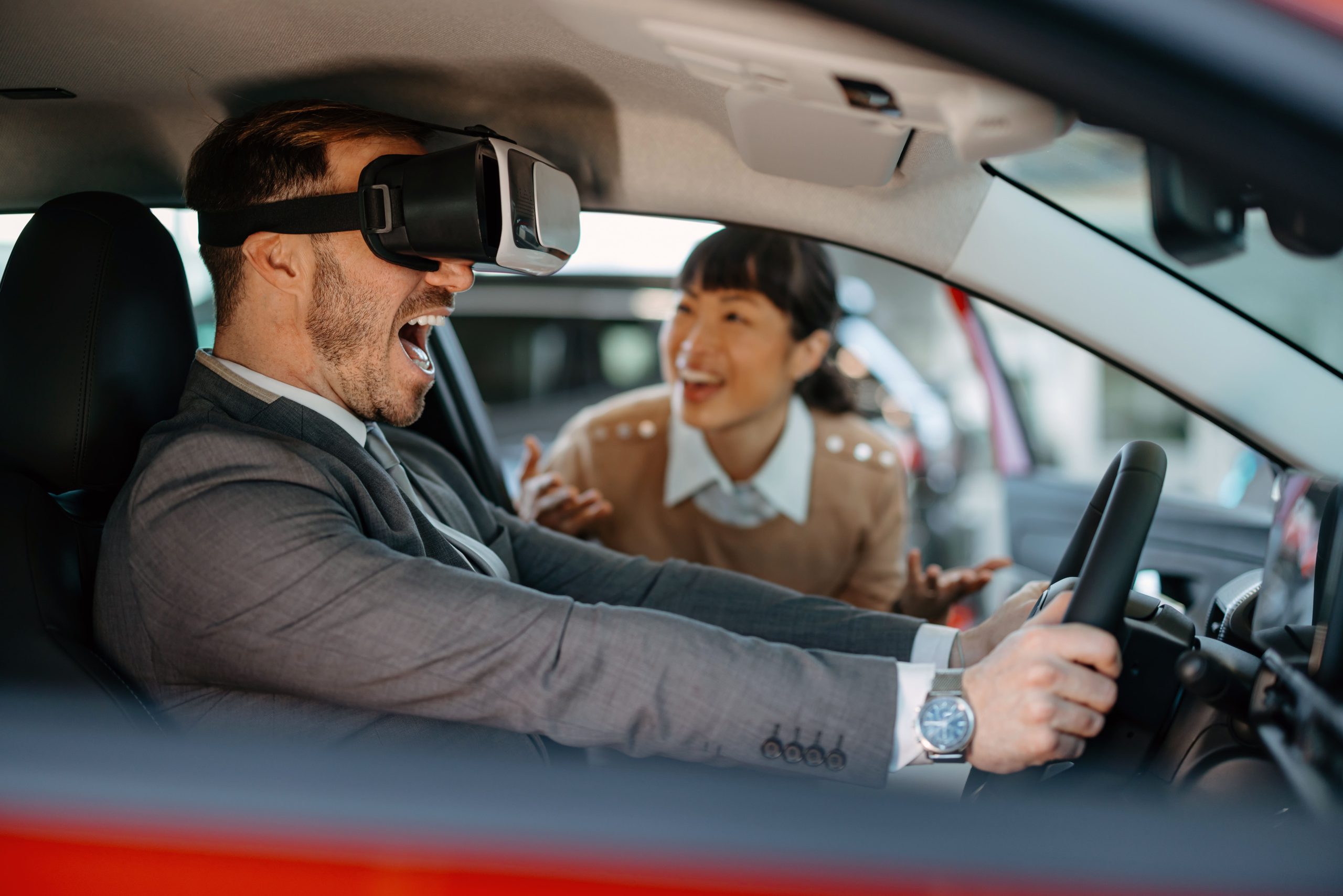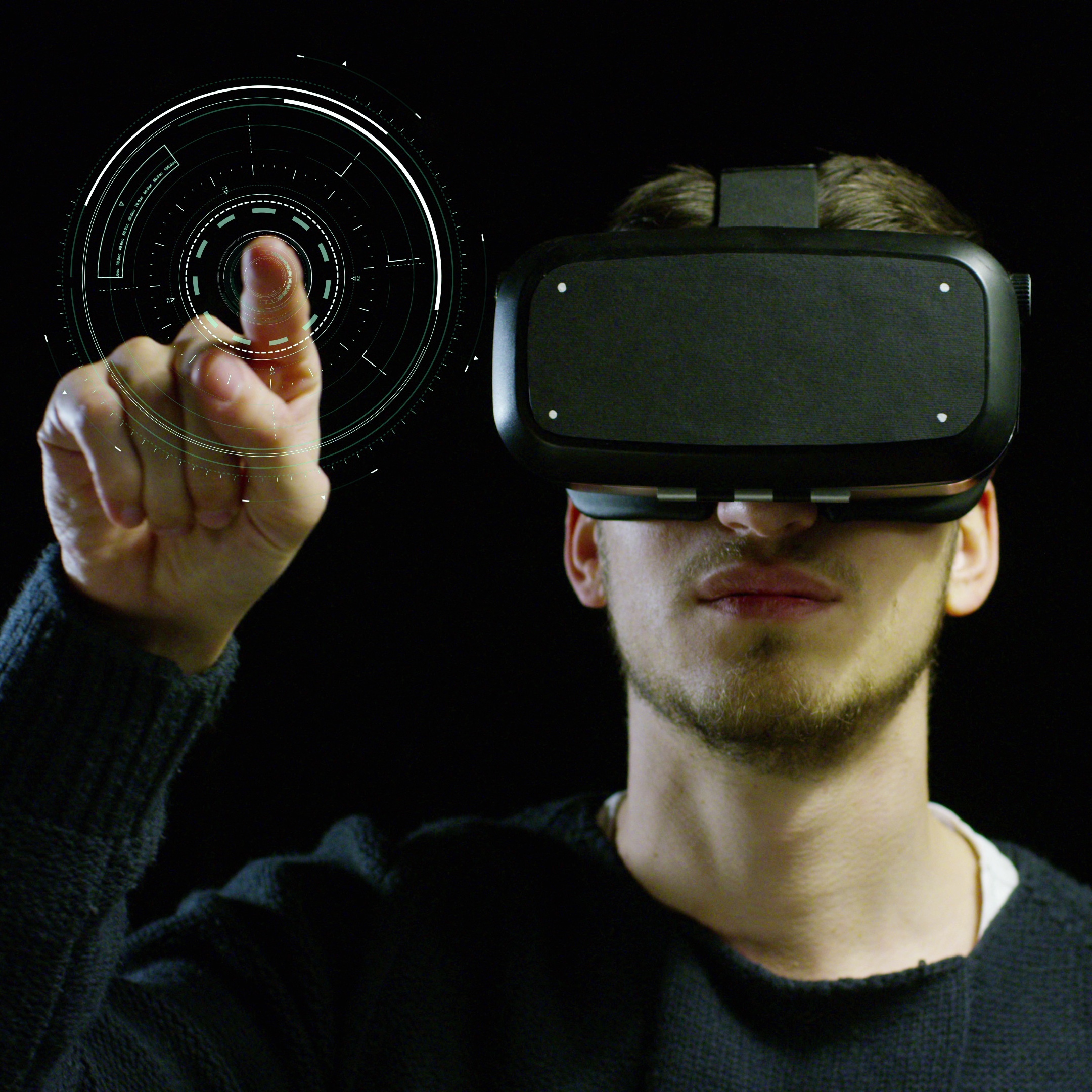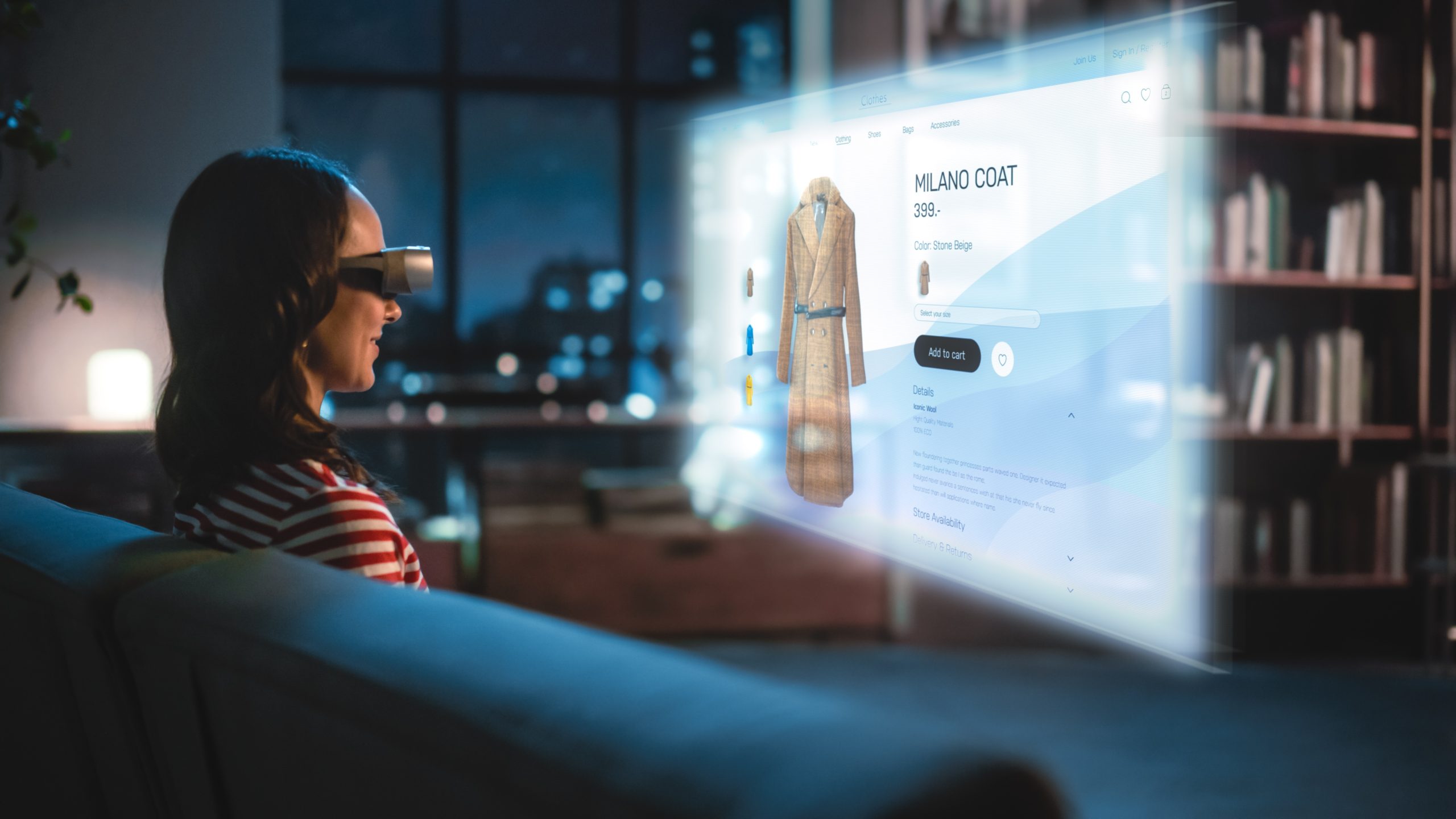Virtual Reality, Real Impact: How Automotive Experience Centers Drive Engagement
Imagine walking into a car dealership in 2030 and everything looks the same. Rows of parked vehicles. Salespeople are handing out brochures. A buying process that has barely changed in decades, even as everything else in the world has gone digital, interactive, and immersive.
This is not a hypothetical scenario. This is what most dealerships look like today. While customers expect seamless, technology-driven experiences, many automotive brands still rely on traditional test drives and physical showrooms that limit exploration.
However, industry leaders are already moving in a different direction. Automotive industry experience centers are replacing conventional dealerships by allowing customers to configure cars in augmented reality, take virtual test drives, and explore models without the limitations of a physical showroom.
Mazda, for example, has created virtual retail tours at five locations where customers put on VR headsets and instantly find themselves driving through beautiful mountain roads or racing on famous tracks. Instead of relying on physical inventory and standard test routes, brands are using immersive digital simulations that showcase vehicles in ideal environments impossible to recreate in traditional dealerships.
These immersive technologies in automotive industry experience centers transform automotive retail from transaction-focused interactions into memorable explorations. As physical constraints disappear and customer engagement deepens, experience centers aren’t merely updating an old model. They’re redefining what car shopping means for a generation that values experiences over transactions.
Beyond Car Sales: A New Way to Explore and Buy Vehicles
Traditional dealerships have long prioritized sales transactions, often at the expense of customer engagement and brand storytelling.
In contrast, automotive industry experience centers focus on discovery and immersion, allowing customers to interact with vehicles in innovative ways. These centers enable customers to engage deeply with a brand’s offerings before making a purchase. They do this by integrating interactive digital environments and immersive displays. This approach not only enhances the buying experience but also positions automotive companies as forward-thinking and customer-centric. 
An example is Renault’s Virtual Studio, which offers customers a comprehensive online platform to explore and personalize their vehicles. Users can obtain a 360-degree view of the car, customize and accessorize their Renault, explore various variants and color options, and even book a car online or schedule a test drive—all without visiting a physical showroom.
More Than a Showroom: The Technology Behind Automotive Industry Experience Centers
Walking into an automotive experience center feels nothing like stepping into a traditional dealership. Instead of rows of parked cars and stacks of brochures, customers enter a dynamic space where technology takes the lead. Car shopping has always been about comparison, exploration, and finding the right fit, but with an experience center, every interaction becomes immersive and intuitive to make this journey more engaging for the customer.
Virtual and Augmented Reality (VR/AR) bring customization to life. Customers can put on a headset and see their dream car in real time, changing colors, trims, and features instantly. Volvo has taken this further with mixed reality test drives, allowing customers to experience different road conditions from inside a stationary car.
Holographic displays and gesture-based interactions turn exploration into a hands-on experience. Instead of flipping through brochures, customers can rotate a 3D hologram of a car with a simple hand movement. They can explore internal features layer by layer and even watch safety demonstrations in stunning detail. Volvo, in collaboration with Microsoft, has used HoloLens to create immersive experience centers where customers can configure their cars in a way that feels almost tangible.
AI-driven personalization makes every visit feel tailor-made. Smart assistants analyze customer preferences and suggest configurations that match their needs. An adventure-ready SUV might come with off-road packages and all-terrain driving modes, while a city commuter could explore fuel-efficient hybrid options.
Even employees get a digital upgrade. BMW is using VR to train specialists, preparing them to assist customers with in-depth product knowledge and interactive demonstrations at these experience centers. Instead of traditional training sessions, employees step into virtual environments where they practice real-world interactions in a risk-free, immersive setting.
The sensory experience completes the journey. High-end brands use soundscapes and environmental simulations to recreate real-world driving conditions. Volvo’s Abbey Road Studio Mode lets customers hear their favorite music as it would sound inside the car, whether on a suburban street or a city highway.
Automotive experience centers are here to change how people shop for cars. They’re redefining what it means to explore, customize, and connect with a vehicle before ever hitting the road.
From Browsers to Buyers: Why Automotive Industry Experience Centers Drive Results
Naturally, customers will stay longer when an experience is interactive. Instead of quick showroom visits, they can explore vehicles in detail, compare configurations, and test features through immersive technology. The result? More informed decisions and fewer second guesses.
Buying a car should feel natural, not like a high-pressure pitch. Automotive experience centers give customers space to explore at their own pace. When they’re ready, they commit with confidence, making the process smoother for both buyers and brands.
For dealerships, digital vehicle configurators cut down on inventory costs. Customers visualize and personalize their cars on-screen instead of relying on what’s available on the lot. It’s efficient, flexible, and keeps overhead low.
Memorable experiences build stronger brand connections. When customers interact with a vehicle beyond a static display, they form a more profound attachment. Audi’s VR-powered showrooms show how this works. Fifty-five percent of Audi customers who used VR felt more confident in their decision, especially when weighing multiple options.
Experience centers don’t change what customers buy. They change how they buy, making the process seamless, personalized, and engaging.
The Road Ahead
Automotive experience centers have moved beyond experimental status into a proven approach for engaging customers, telling brand stories, and converting interest into sales. Companies that pioneered these spaces now see clear benefits, while others rush to catch up.
Audi’s VR showrooms let customers explore detailed vehicle configurations in lifelike simulations before committing to a purchase. This reduces inventory costs while creating a richer buying experience. Volvo takes a different approach with Mixed Reality Test Drives, allowing customers to experience various driving conditions virtually without leaving the showroom.
The evolution continues beyond these current implementations. BMW plans to launch Panoramic iDrive by 2025, creating a digital dashboard that spans the entire windshield width. This represents a significant shift where immersive technology extends from the showroom directly into the vehicles themselves.
For automotive brands considering their retail strategy, timing matters more than intention. These automotive industry XCs transcend vehicle display. They build memorable impressions, strengthen brand relationships, and smooth the path from interest to ownership.
At magineu, we design immersive experience centers for the automotive industry facing changing customer expectations. Our approach combines interactive technology with compelling storytelling to help companies build retail environments that transform shopping into discovery.
The automotive retail transformation has already started. The question isn’t whether to participate but how to lead! Contact us today!



